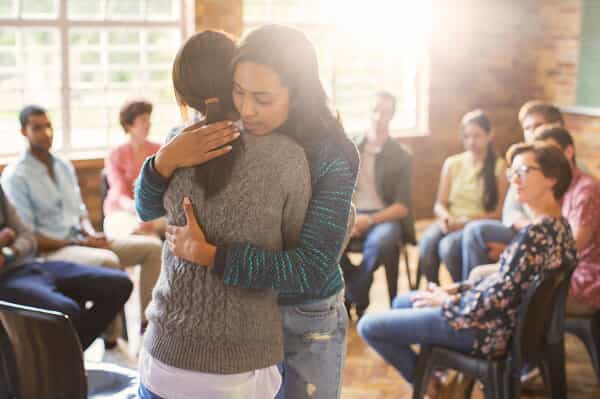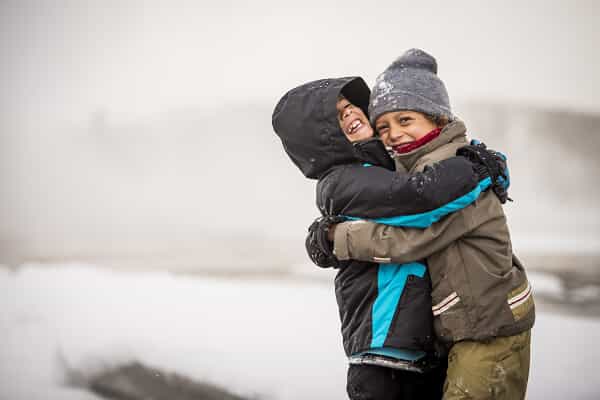How to identify the signs of PTSD
Jun 1, 2022

We all know that life can throw us curveballs. Unfortunately, sometimes those curveballs involve traumatic experiences that end up affecting us deeply. Many of us, at one point or another, have faced these types of situations.
When it comes to understanding the true meaning of “traumatic,” it’s important to separate the term from its more casual, conversational uses. Case in point: have you ever heard someone proclaim, “I was so traumatized!” when talking about finding a spider in the bathtub? While we’re not discounting spider phobias by any means (we’ll save that topic for another day), a true traumatic experience involves a very frightening or life-threatening occurrence, like violent crime, a severe health crisis or a major accident – whether you encounter it yourself, witness someone else in the situation or sometimes even just learn about it.
Feelings of shock, apprehension and fear following a traumatic event are absolutely normal, but they tend to fade away after some time. Occasionally, these feelings are much harder to shake – and if they seem to have settled in for the long haul, it’s important to start considering the possibility of post-traumatic stress disorder, otherwise known as PTSD.
Think only veterans are affected? Think again. While there’s no doubt that PTSD is a serious post-combat issue, it can also arise from a vast array of other situations that have nothing to do with war. And worth noting,studies showthat women are more than twice as likely to develop PTSD as men.
How do you know if you or someone you know is suffering from PTSD? Here are 10 early signs to watch out for.
- Uncontrolled and extreme emotions and reactions to otherwise normal, everyday occurrences.
- Feeling angry, depressed and apprehensive
- Difficulty concentrating on tasks
- Insomnia
- Not being able to remember certain parts of the traumatic event
- Showing intense anguish when faced with reminders of the trauma, however slight they may be
- Avoidance of anything involving or relating to the event (for example, not talking about the topic, avoiding a certain road after being in a car accident or not driving at all).
- Flashbacks, nightmares and hallucinations.
- Issues with family and friends.
- Violent behavior, either verbal, physical or both.
Sadly, children can experience PTSD too, and it often stems from distressing situations such as major childhood illnesses and hospitalization, witnessing a death or sexual abuse. With very young children, PTSD can develop far before verbal skills are established, making it more challenging to discern and diagnose the condition. The key when dealing with children of any age is to acknowledge that they have faced a traumatic situation, be open to the possibility of PTSD and vigilantly look for signs through their behaviors. Even older children can lack the more advanced vocabulary needed to effectively articulate their feelings, so tracking their actions is especially critical.
Identifying PTSD is key, but it’s only half the battle. It’s important to seek professional treatment from a licensed clinician, who will likely recommend several available interventions that are focused on cognitive behavioral therapy. The good news is that there are options for sufferers.
More than anything, having a solid network of support is fundamental when it comes to dealing with PTSD: never face it alone. While a clinician or other health professional can and should be part of a network, the support of friends and family is paramount. Withstudies showingthat men are less likely than women to seek help following a traumatic occurrence, encouragement from a trusted circle can be significantly valuable.
In honor of National PTSD Awareness Day, we encourage you to take a moment to share this article with your friends and family. You never know who might need a helping hand.


